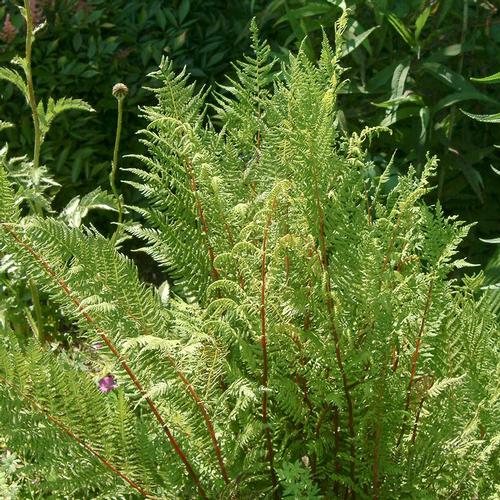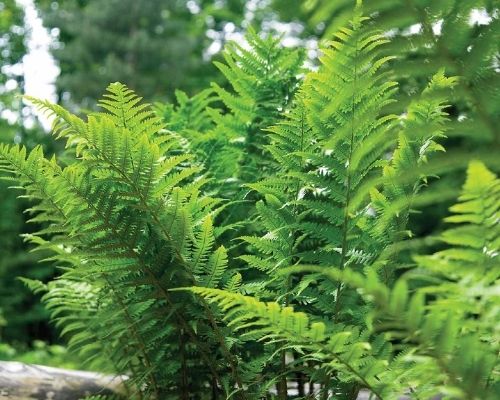Garden-Worthy Ferns to Know and Grow
Ferns are plentiful in the wild, yet it's relatively unusual to see them growing in a home landscape. That's unfortunate, because these graceful, long-lived perennials have so much to offer! They come in a wide range of colors, shapes, and sizes. Plus, they are incredibly easy to grow and are rarely troubled by diseases or pests, including deer and rabbits.
Ferns have an air of untamed wildness about them. In a garden, they can introduce a sense of calm, harmony and permanence.
Using Ferns in Your Yard and Garden
Ferns make an excellent addition to any shady garden. Use them as specimen plants or for background plantings, or interplant them with other shade loving plants such as hostas, astilbes, dicentras and caladiums.
If your yard is shady, it can be challenging to maintain a good-looking lawn. Consider replacing the most difficult areas with ferns. Once established, they are an excellent ground cover and require much less attention than turf grass.
As a general rule, ferns prefer moist soil. Most types will thrive when used as edging plants beside a stream or pond. In soggy areas or rain garden, consider including ferns along with other moisture-loving perennials such as monarda, Joe Pye weed and ornamental grasses.
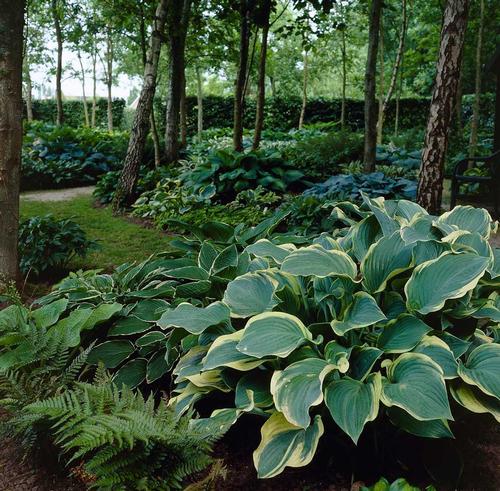
Where to Plant Ferns
Most ferns grow best in loose, loamy soil that is rich in organic matter. Before planting, take the time to work in some compost and peat moss. Most ferns are not fussy about soil pH, but some types prefer acidic soil,. Check the pH of the soil in the planting area and match the plant to the growing conditions.
There are some ferns that tolerate sun, provided the soil is rich and has plenty of moisture. Interrupted ferns and cinnamon ferns are good for relatively sunny locations. For sites with dry soil, choose Christmas ferns or lady ferns. If hot weather causes your ferns to wither, cut them back to the ground and wait for them to regrow once temperatures cool down.

Best Ferns for Gardens and Landscaping
There are many ferns to choose from. Here are five types to consider:
Christmas Fern. This fern is native to the eastern U.S. and is particularly popular in the southeast, where the foliage stays green throughout the winter. The dark green fronds have the same long, narrow shape as a Boston fern. The plants are relatively slow-growing, but are also very long-lived. Plant in moist, well-drained soil that is relatively acidic. Mature height is 1 to 2 feet tall with a similar spread. Hardy in zones 3-8.
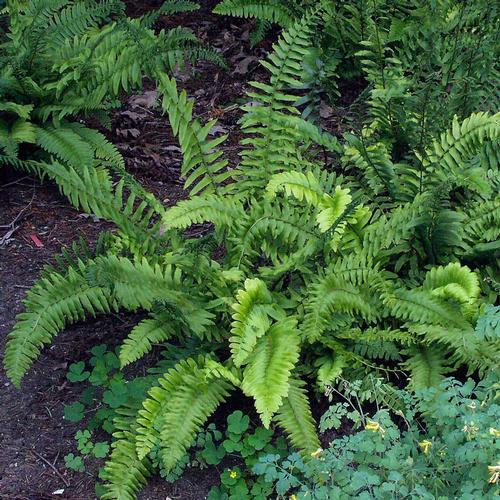
Ghost Fern. This lovely fern is a hybrid between the lady fern and Japanese painted fern. The plants have an upright habit and silvery grey fronds with burgundy accents. Plant in part to full shade and provide shelter from wind. Ghost ferns will not tolerate drought, so it's important to choose a planting location where the soil is consistently moist all season long. The plants grow relatively slow, but can eventually spread to cover a 2 to 3-foot area. Height is 12 to 18”. Hardy in zones 4-7.
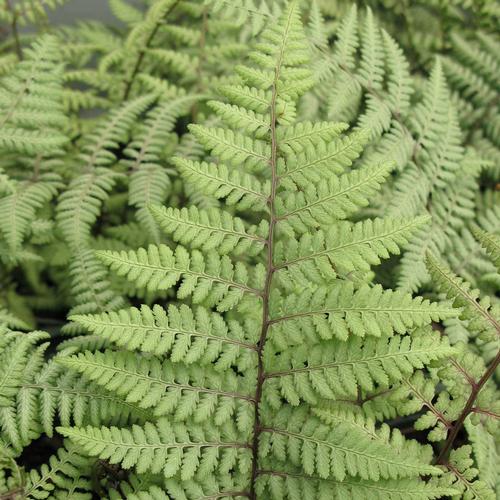
Ostrich Fern. These native, clump-forming ferns have a big presence in the landscape. They have an upright growth habit and by late summer will often stand 4 to 6-feet tall, with a 3 to 6-foot spread. Ostrich ferns produce two types of fronds. The showy, "infertile fronds" are long and lacy like an ostrich plume. They emerge from the base of the plant in early spring, curled up like a fiddlehead, and slowly unfurl to their full, 4-foot length. The plant’s dark brown, "fertile fronds" appear in midsummer at the center of the clump. They grow about a foot tall and usually persist through the winter.
Ostrich ferns prefer medium to wet, slightly acidic soils and full to part shade. The plants spread by underground rhizomes, and under ideal growing conditions they form large, dense colonies. Therefore, it's important to give them plenty of room to spread out. The plants grow best in sheltered locations with cool summer. Suitable in zones 2-7.
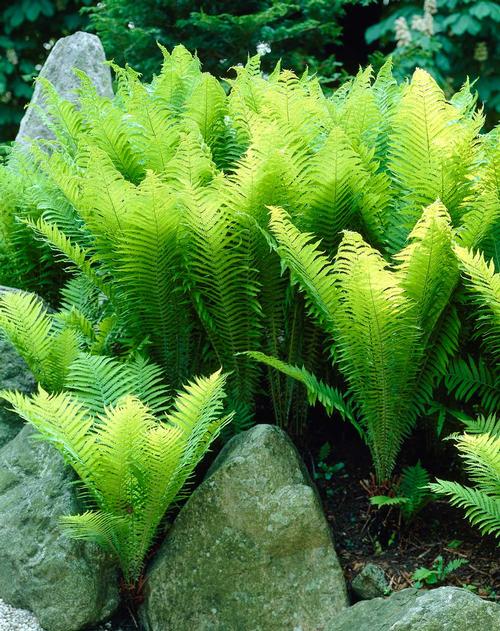
Leatherwood Fern. This fern is native to the eastern U.S. and is also known as the marginal shield fern. It reaches a height of 18-24” with an equal spread. The dark green to bluish-green fronds are 5 to 8” wide and have a leathery texture. Leatherwood fern should be grown in moist soil, and be protected from sun and drying winds. This compact and well-mannered fern is a great choice for any shady garden. Hardy in zones 3-8.

Lady in Red. Lady ferns are native to the eastern and central U.S. This named variety was selected for its showy red stem color. The deeply cut, light green fronds are 6 to 9” wide and 2-3 feet long. The glossy red stems intensify in color as the plants mature. Grows 24-30” tall and 18-24” wide. Lady in Red should be planted in full to part shade. In northern areas, the plants will tolerate sun if the soil stays moist. Lady ferns are an excellent ground cover and good companions for other shade loving perennials. The foliage is a great filler for flower arrangements. Hardy in zones 3-8.
To see our complete selection of ferns, click HERE. To learn more about gardening in the shade, read: Design Tips for Shady Gardens.
